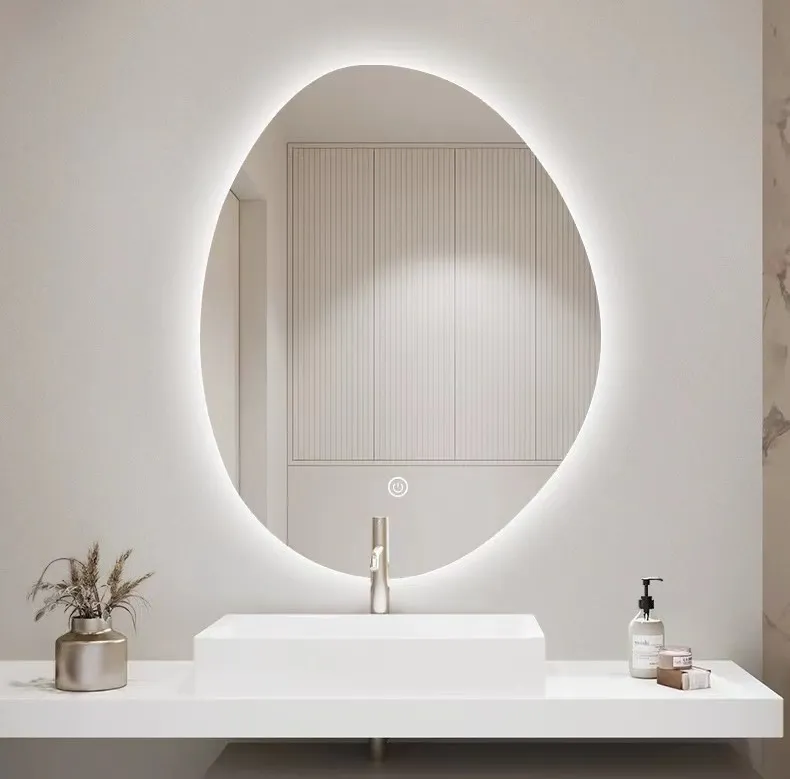

High Solar Gain Low-E Glass The Benefits and Applications
In the quest for energy efficiency and sustainability in building design, high solar gain low-emissivity (Low-E) glass has emerged as a leading solution. This innovative material plays a crucial role in enhancing the thermal performance of windows, making buildings more comfortable while reducing energy consumption. This article delves into the characteristics, benefits, and applications of high solar gain low-E glass.
High Solar Gain Low-E Glass The Benefits and Applications
One of the primary benefits of high solar gain low-E glass is its ability to harness natural sunlight to warm indoor spaces. In colder climates, where heating demands are high, this glass can provide significant passive solar heating, reducing reliance on artificial heating systems. Studies have shown that buildings equipped with this type of glazing can achieve substantial energy savings, as the warmth from the sun helps maintain indoor temperatures, which can lower heating bills and overall energy usage.

Moreover, high solar gain low-E glass helps in enhancing natural daylighting within interiors. By allowing more sunlight to penetrate while minimizing glare and harmful UV exposure, this glazing option creates bright, inviting spaces that can enhance the well-being of occupants. Natural light has been proven to boost productivity, mood, and overall comfort, making it an essential factor in residential and commercial building design.
However, while high solar gain low-E glass is beneficial in certain contexts, it may not be ideal for all environments. In hotter climates, excessive solar heat gain can contribute to increased cooling costs and discomfort. For this reason, it is essential for architects and builders to assess the local climate and the building’s orientation before selecting the appropriate glazing. Some manufacturers offer a range of low-E coatings, allowing for tailored solutions that either maximize or minimize solar gain based on specific requirements.
In terms of applications, high solar gain low-E glass is commonly used in residential homes, commercial buildings, and educational institutions. Skyscrapers and large retail spaces benefit particularly from high solar gain glazing, as it allows for expansive views and abundant natural light while maintaining energy efficiency. Additionally, in passive solar homes, high solar gain low-E glass is often combined with thoughtful architectural design to optimize solar heating and minimize energy loss.
In conclusion, high solar gain low-E glass represents a significant advancement in building materials, combining efficiency with sustainability. Its capacity to enhance comfort, reduce energy costs, and promote the use of natural light makes it a valuable asset in modern architecture. As the push for energy-efficient solutions continues to grow, embracing such innovative technologies will be essential in creating greener and more sustainable indoor environments. Whether for new constructions or retrofitting older buildings, high solar gain low-E glass offers a practical and advantageous choice for tomorrow's architecture.